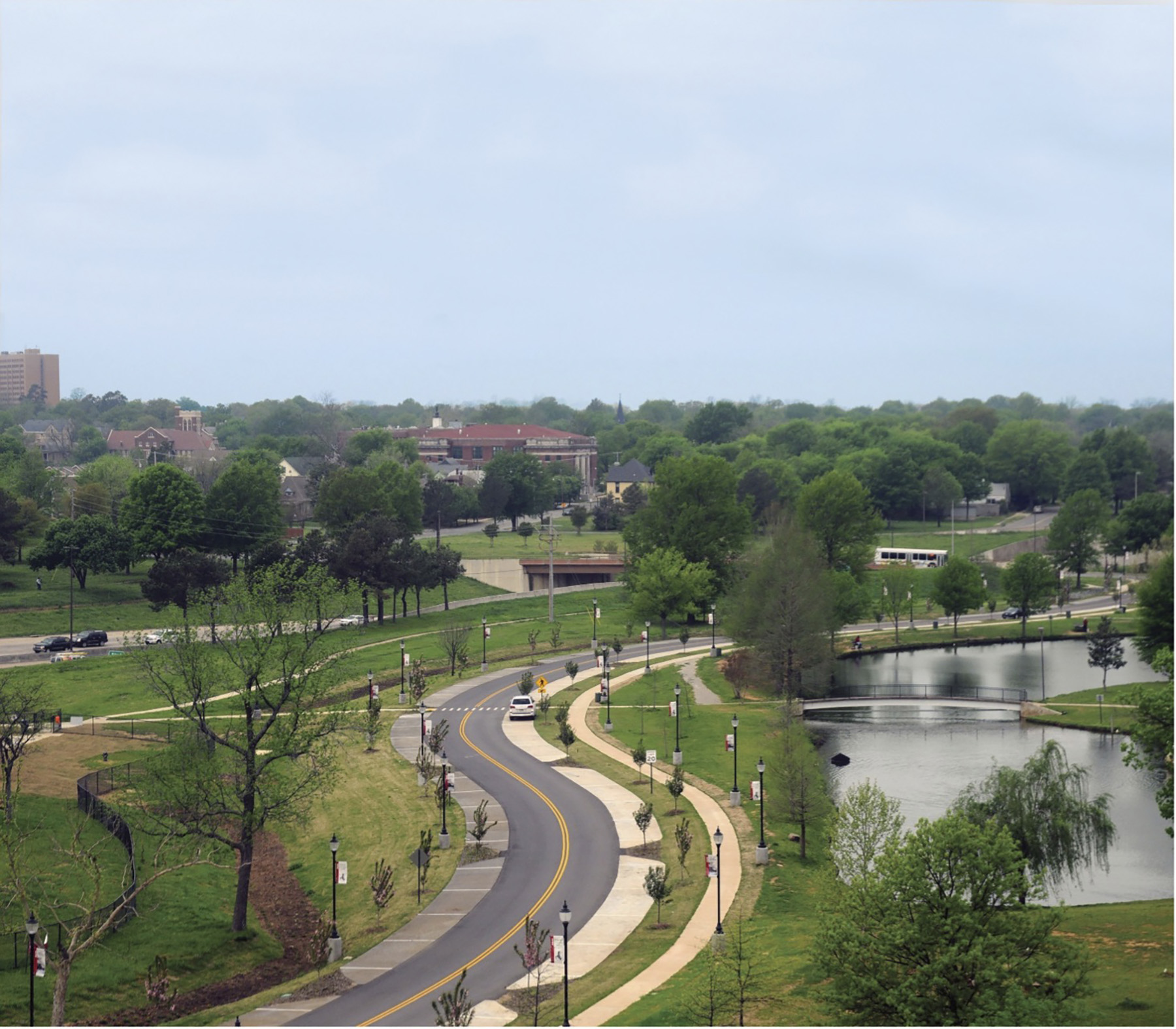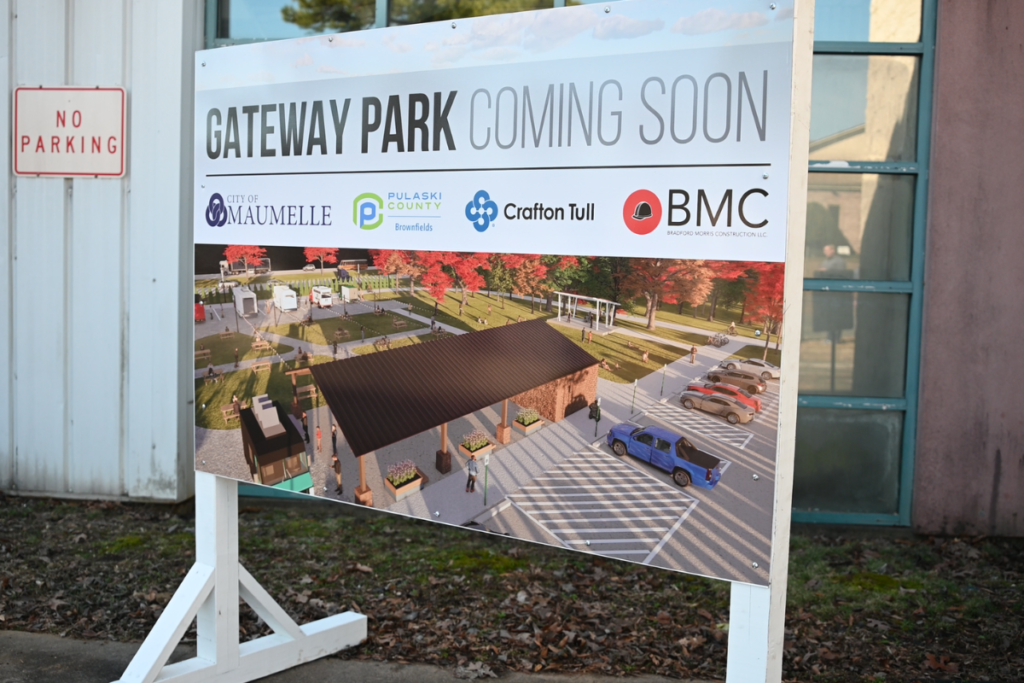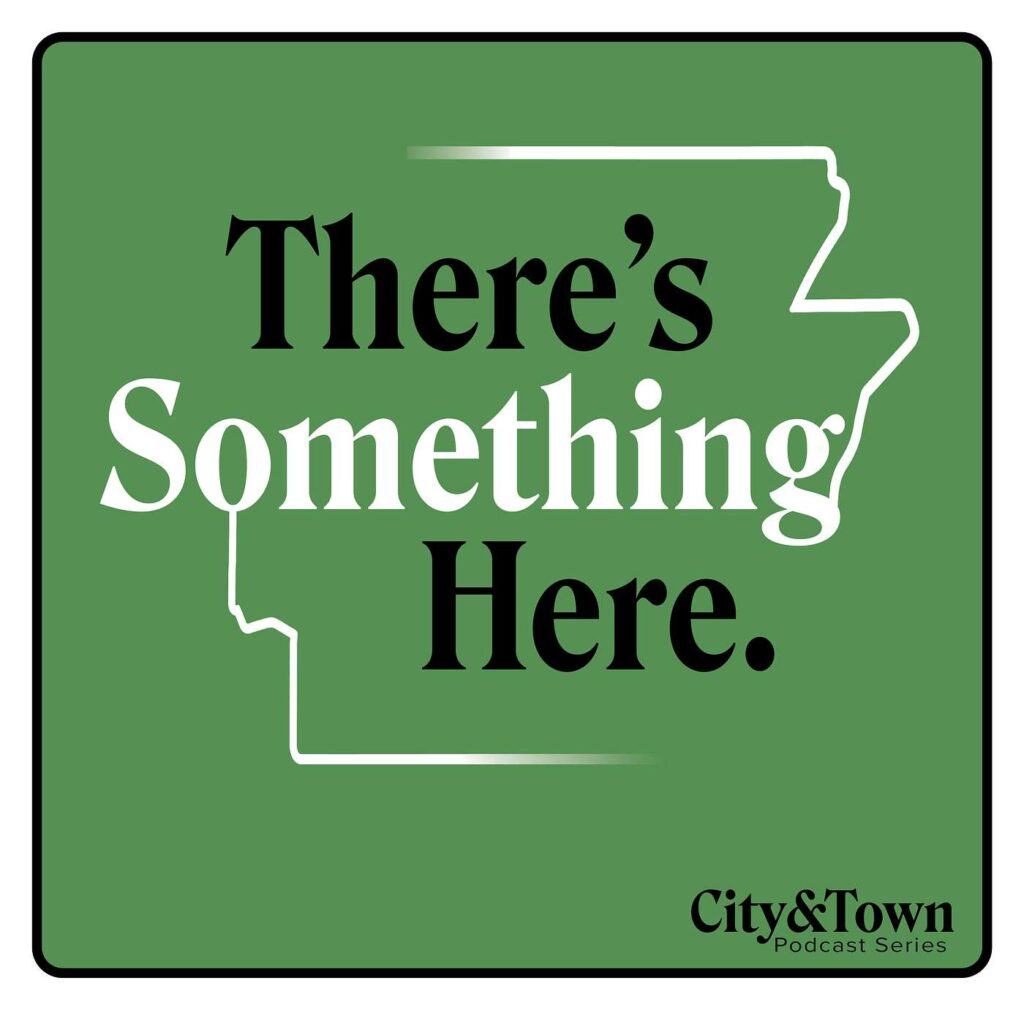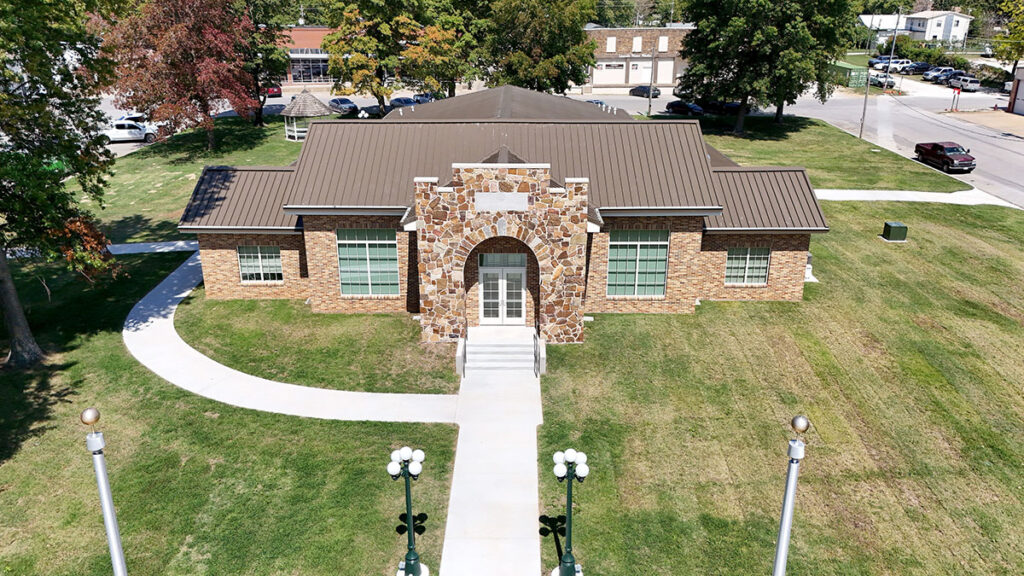Those of us who are fortunate to live in the Natural State are seldom far from tree canopy cover. Thankfully, many of our neighborhoods and communities across the great state of Arkansas are covered with large and healthy trees. According to the Arbor Day Foundation, 46 communities across our state have been recognized as Tree City USA cities. The Tree City USA designation requires cities to follow four standard guidelines: Form a tree board, implement a tree care ordinance, establish an annual budget for tree care and observe Arbor Day. The end goal of the designation is to promote interest in protecting our urban tree infrastructure.
Why is this important? Here’s a quick middle-school Earth Science lesson. A single large tree can provide enough oxygen for up to four people for a day. Forests have been shown to remove approximately one-third of fossil fuel emissions globally every year. Tree root systems can prevent erosion and reduce stormwater runoff rates, which reduces flooding from major storm events. Trees provide shade for people and structures and can cool a city by 10 degrees. Trees also provide windbreaks that, in the winter, can reduce heating costs. Studies have shown that urban tree canopy reduces crime and increases property values. It’s truly amazing the benefits that come with planting trees.
To determine the amount of urban tree canopy, you can use web maps and applications such as those available through the USDA National Agricultural Imagery Program (naip-usdaonline.hub.arcgis.com) to view the leaves, branches and stems of the trees that cover the ground as seen from above. Vegetative spaces can consist of developed or undeveloped lands. Some new developments in areas that were not previously developed negatively impact the tree canopy. Of course, this depends on how well or how poorly planned the development is. There must be a balance of development and protection of existing natural resources to reduce the destruction of the existing, native tree canopy. This is where a city’s established tree board and ordinances per the Tree City USA standards can come in.
First, the city must create a tree board that will be responsible and accountable for the protection of public trees located throughout the city. This group usually has a seat at the table to provide necessary guidance and assistance for land development guidelines. Tree boards are typically made up of urban foresters, arborists, concerned citizens or a combination thereof. This community support can be crucial to a program’s success.
Public tree care ordinances are essential to success as well. It is important to codify the desired tree policies to ensure that tree care is consistent and continuous. The ordinance should be separate from landscape and development guidelines as a stand-alone law. The Arbor Day Foundation offers guidance at www.arborday.org to help communities and tree boards create tree care ordinances.
Public trees require maintenance and there is a cost associated with the upkeep of existing trees. The Arbor Day Foundation requires Tree City USA cities to dedicate a minimum of $2 per capita annually to maintenance. This may seem like a large dollar amount to some smaller communities, but it should be noted that many communities already allocate funds for the maintenance and removal of trees. Those funds can be used to meet the Tree City USA requirements.
The last component of becoming a Tree City USA community is to celebrate! National Arbor Day is observed on the last Friday in April. In Arkansas we celebrate Arbor Day on the third Monday of March by gathering together and planting trees. This is a wonderful community engagement opportunity.
Yes, Arkansas is truly blessed! Here in the Natural State our cities and towns are full of natural greenways, lush public park spaces and tons of tree cover. As we continue to grow and develop land within our borders, we must ensure that we are watching over our natural resources and protecting what makes this state so great—the native trees and all the benefits they provide.
Edwin Hankins IV, PLA is a project manager, senior associate, and LEED Green Associate in MCE’s Land Development Department and works out of the Little Rock office. Contact Edwin by phone at 501-371-0272 or by email at [email protected].








